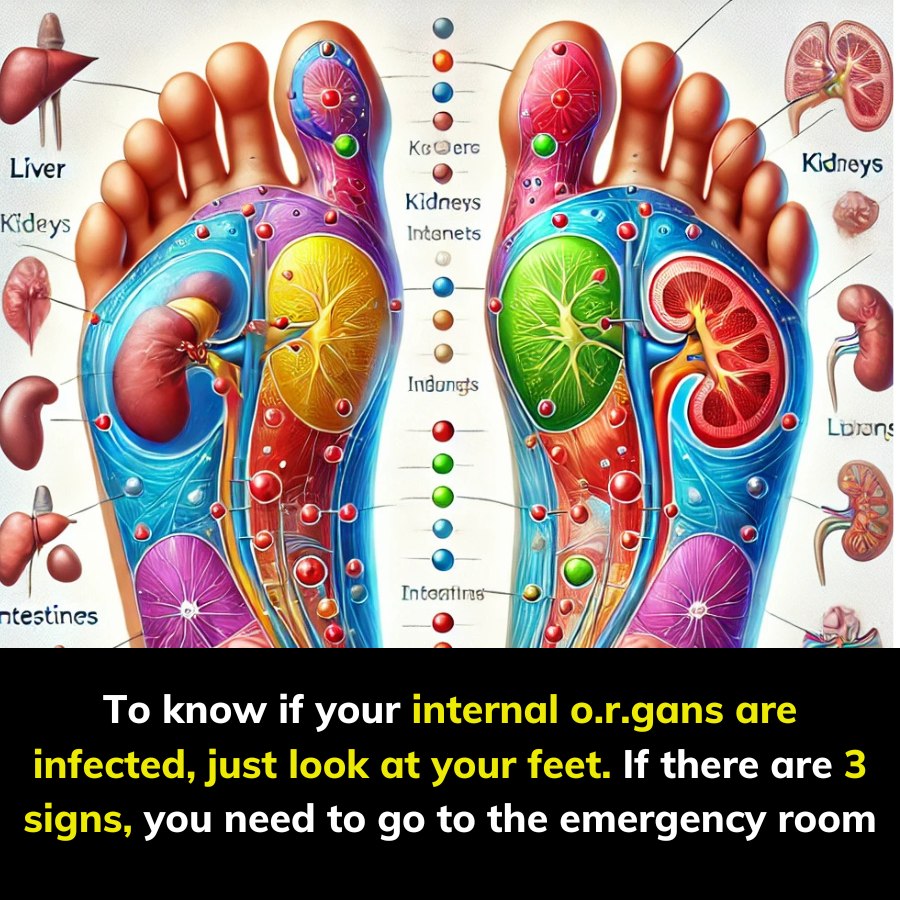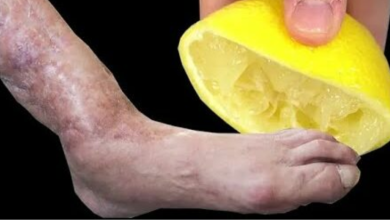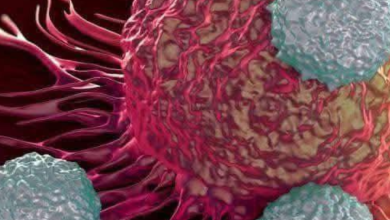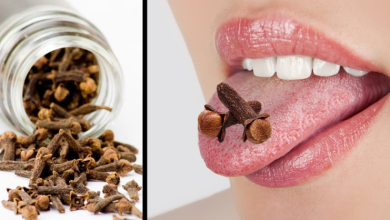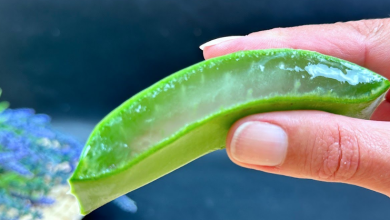According to Oriental medicine, the feet are considered the body’s “second brain.” Not only do they support body weight, but they also contain numerous acupuncture points connected to internal organs. Because of this, changes in the feet can serve as indicators of overall health.
Despite their crucial role, the feet are often overlooked in favor of more visible body parts like the hair, ears, nose, and mouth. However, examining your feet regularly can reveal underlying health issues. If you notice any of the following three signs, it may indicate that your internal organs are experiencing distress.
1. Swollen Feet: A Sign of Heart Failure, Kidney Disease, or Liver Cirrhosis
Health experts from Harvard Medical School (USA) note that swollen feet are commonly attributed to sprains, muscle strains, or venous insufficiency. However, persistent swelling can also signal more serious conditions like heart failure, kidney disease, or cirrhosis.
When the heart is weakened, its lower chambers (the left and right ventricles) struggle to pump blood efficiently. This impairs circulation, leading to fluid buildup in the veins and causing swelling in the legs, feet, and ankles. If swelling is accompanied by shortness of breath and fatigue, you should consult a cardiologist immediately.
Swelling in the legs is also a common symptom in advanced stages of cirrhosis (F3 and F4). As liver function deteriorates, changes in hormone levels and fluid regulation increase pressure in the blood vessels. This disrupts circulation, causing blood from the spleen and intestines to be redirected toward the pancreas and liver. As a result, fluid accumulates, leading to ascites (abdominal swelling) and leg edema.
Additionally, swollen feet can be a sign of kidney disease. When the kidneys are damaged, they lose their ability to filter waste properly, leading to fluid retention in various parts of the body, including the feet, ankles, and face.
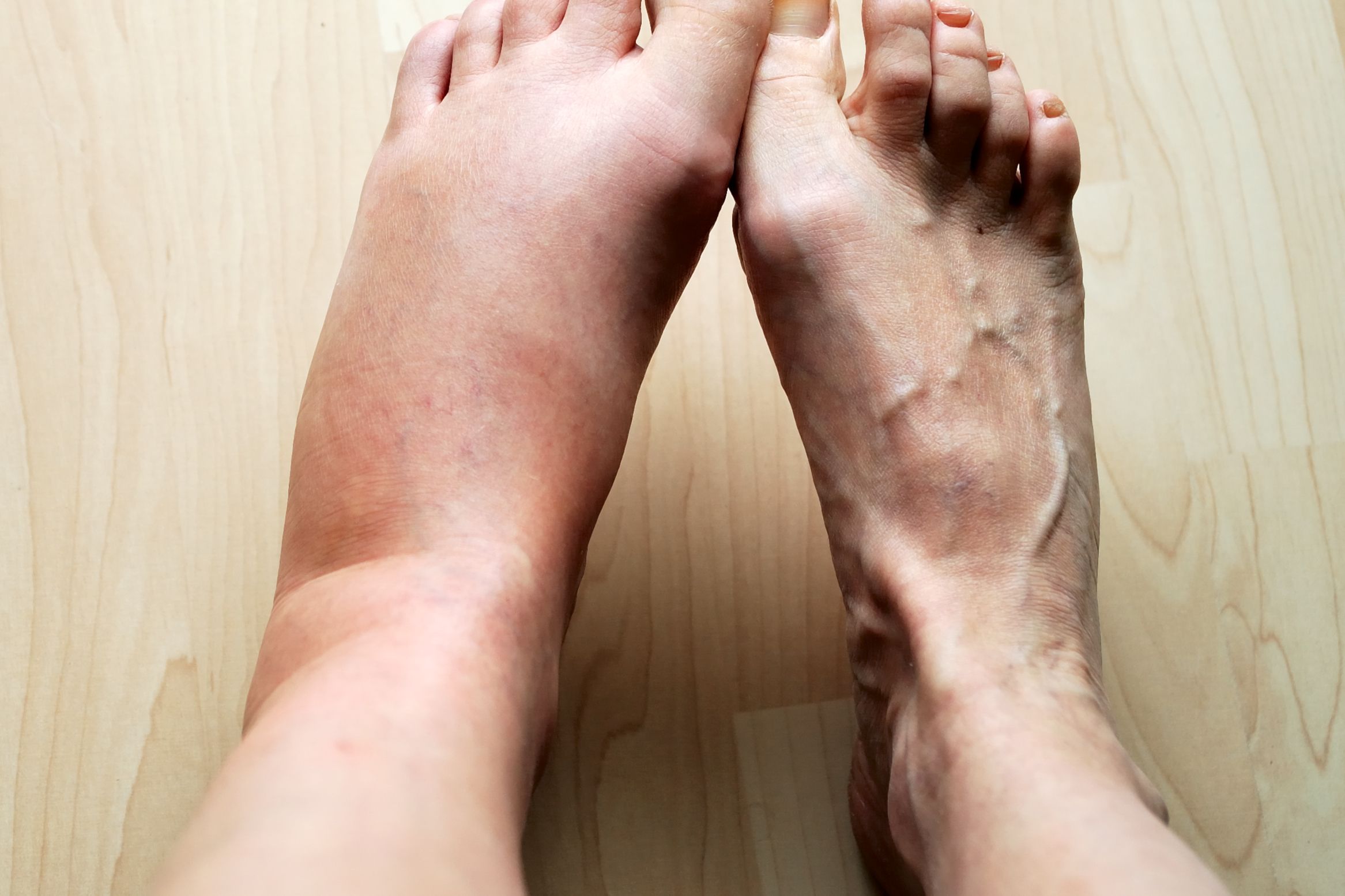
2. Yellow Feet: A Warning for Liver, Gallbladder, and Pancreatic Disorders
Yellowing of the feet can be linked to jaundice, but it may also indicate serious conditions such as cholangitis, gallstones, cirrhosis, liver cancer, or pancreatic cancer. These diseases interfere with bilirubin metabolism, causing the skin to take on a yellow hue. Jaundice is most visible on the feet, hands, eyes, and face.
To assess liver and gallbladder health, it is advisable to undergo tests for liver enzymes, liver function, bile health, hepatitis viruses, and perform an ultrasound of the liver, gallbladder, and pancreas.
3. Pale, White Toenails: A Sign of Kidney Damage
Kidney dysfunction affects blood circulation, leading to anemia. When the body lacks sufficient blood supply, it prioritizes delivering oxygen and nutrients to vital organs. As a result, the feet—being the lowest part of the body—receive less circulation. This manifests as pale or white toenails and skin.
Moreover, if your toenails and fingernails appear thin, brittle, or grow in an irregular manner, it may indicate kidney damage. If you observe these signs, seeking medical attention promptly is essential.
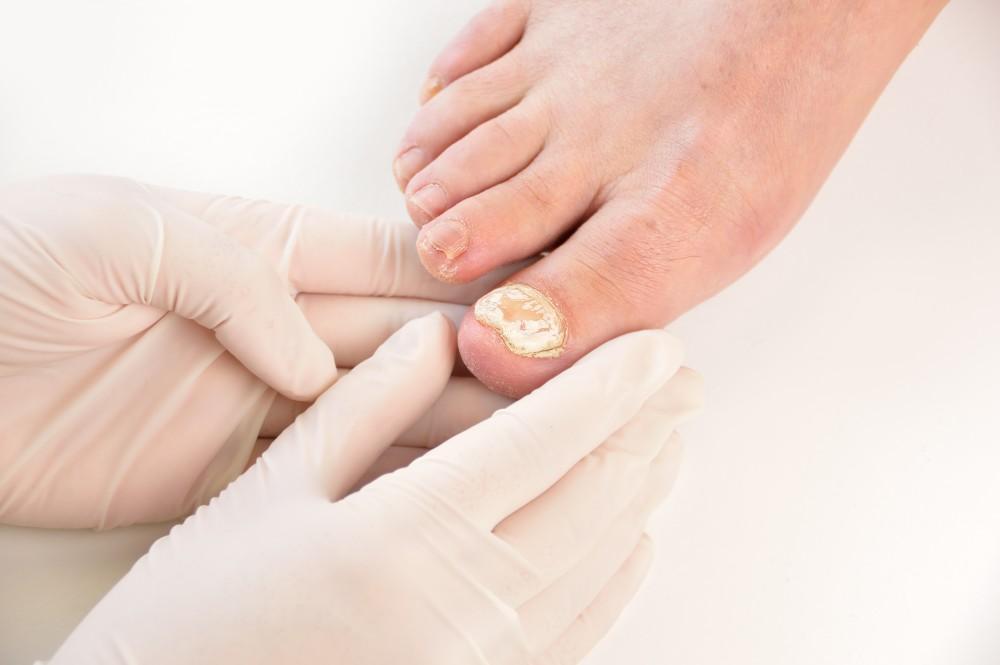
What Do Healthy Feet Look Like?
When your internal organs are in good condition, your feet will exhibit the following characteristics:
- Rosy and Shiny Toenails, Skin, and Feet
Traditional Chinese Medicine recognizes five foot colors—blue, red, yellow, white, and black—each associated with different health conditions. The healthiest feet have a natural pinkish-red hue, indicating good circulation.- Blue feet suggest poor blood circulation or cold extremities.
- Yellow feet may indicate liver or gallbladder issues.
- White or black feet can be signs of anemia or circulatory problems.
Additionally, individuals with smooth, rosy nails are generally in good health. However, the appearance of white vertical lines on toenails may indicate weakened immunity, requiring more physical activity and movement.
- Warm Feet Indicate Balanced Health
Cold feet are often a sign of poor circulation, weakened immunity, or an imbalance in yin and yang energy. Conversely, excessively hot feet suggest an internal heat imbalance due to a deficiency in yin energy. A person with optimal health will have feet that are neither too hot nor too cold, maintaining a temperature similar to their hands.
Soaking Your Feet for Better Health
To promote well-being, Traditional Chinese Medicine recommends soaking feet in warm water daily. There is a saying:
“Soaking your feet in warm water is better than taking medicine.”
Spending just 15 minutes a day soaking your feet in 40°C warm water can help improve circulation, relax the body, and support overall internal health. Prioritizing foot care is a simple yet effective way to maintain vitality and longevity.
